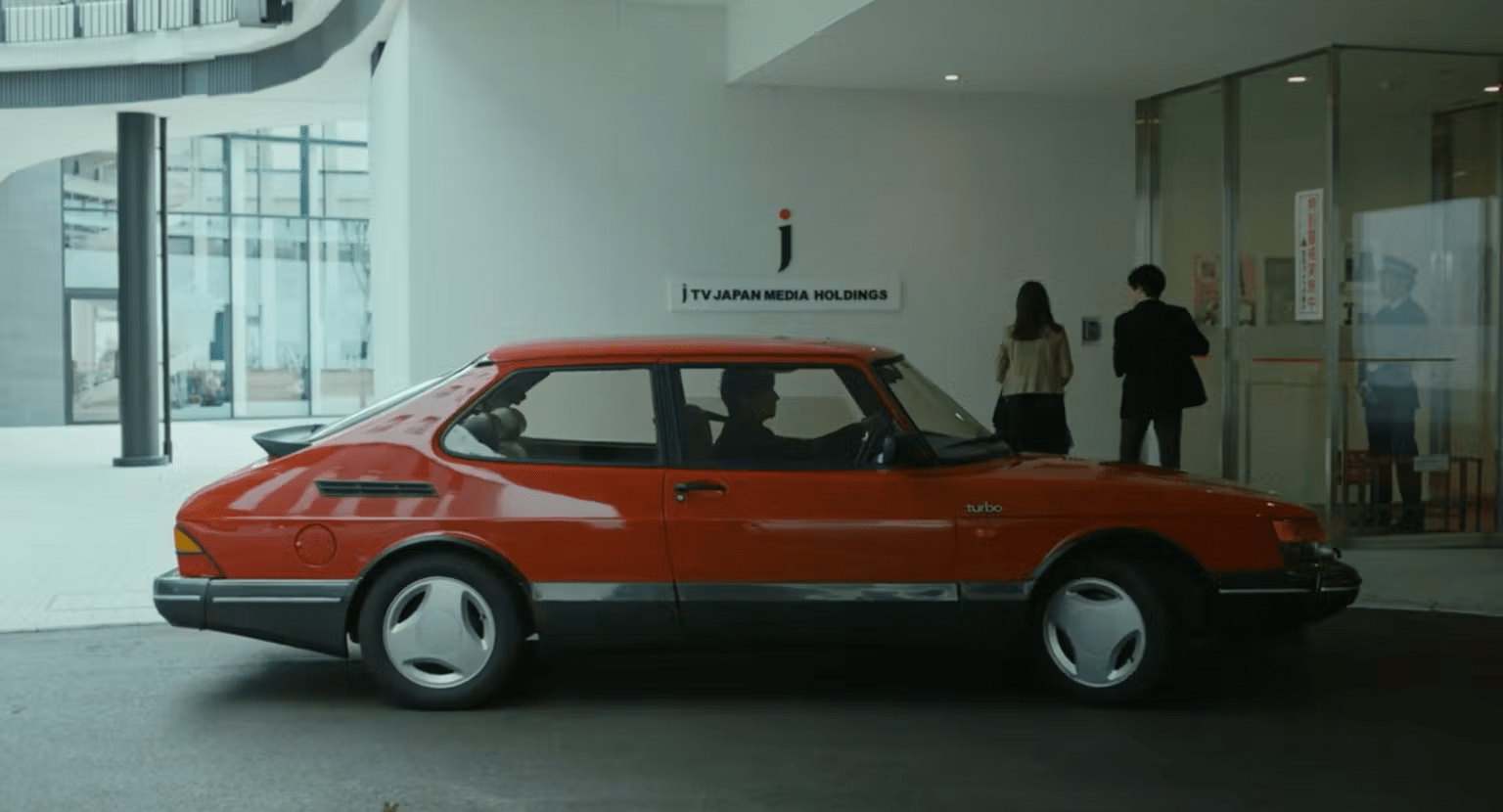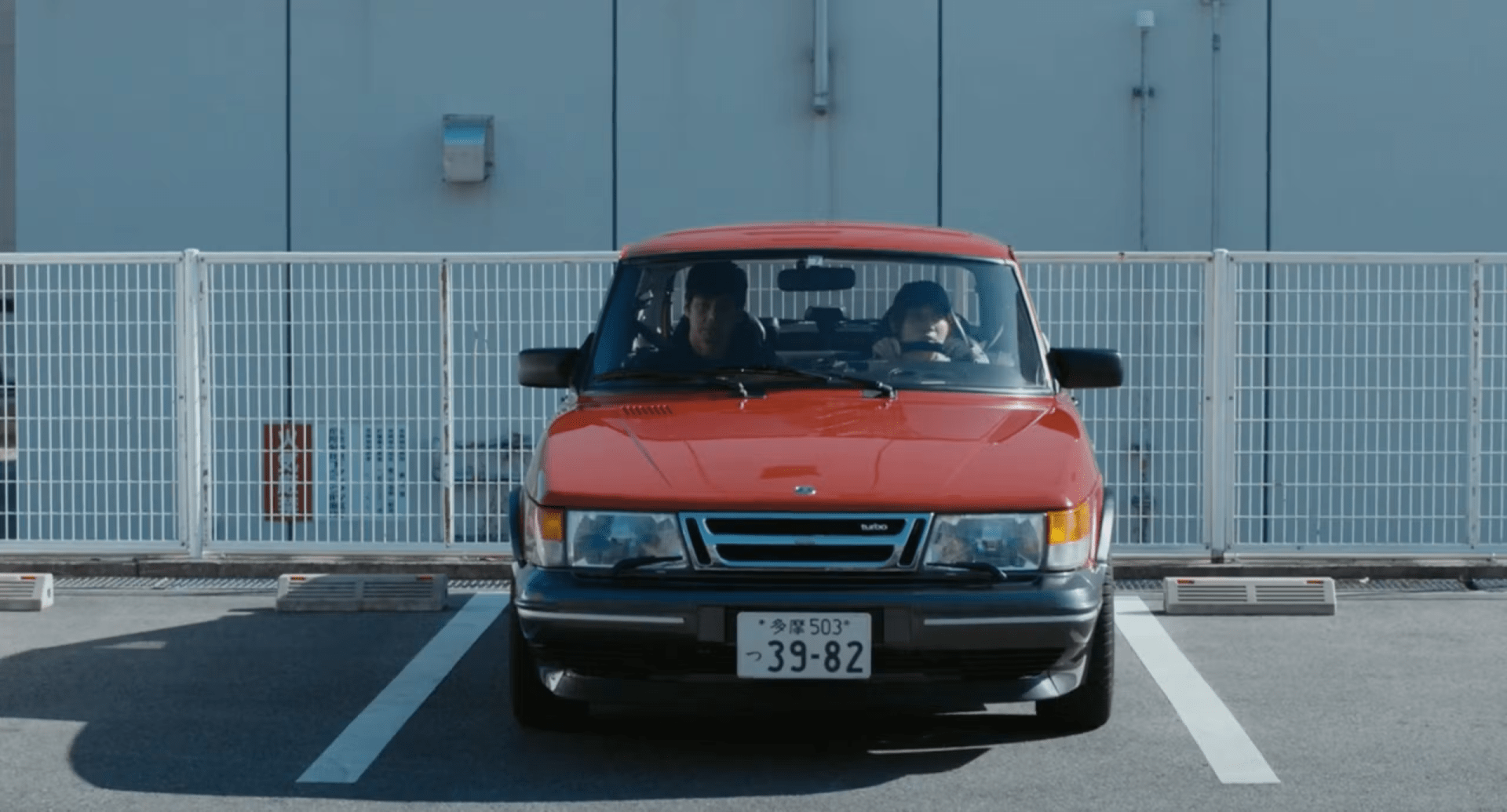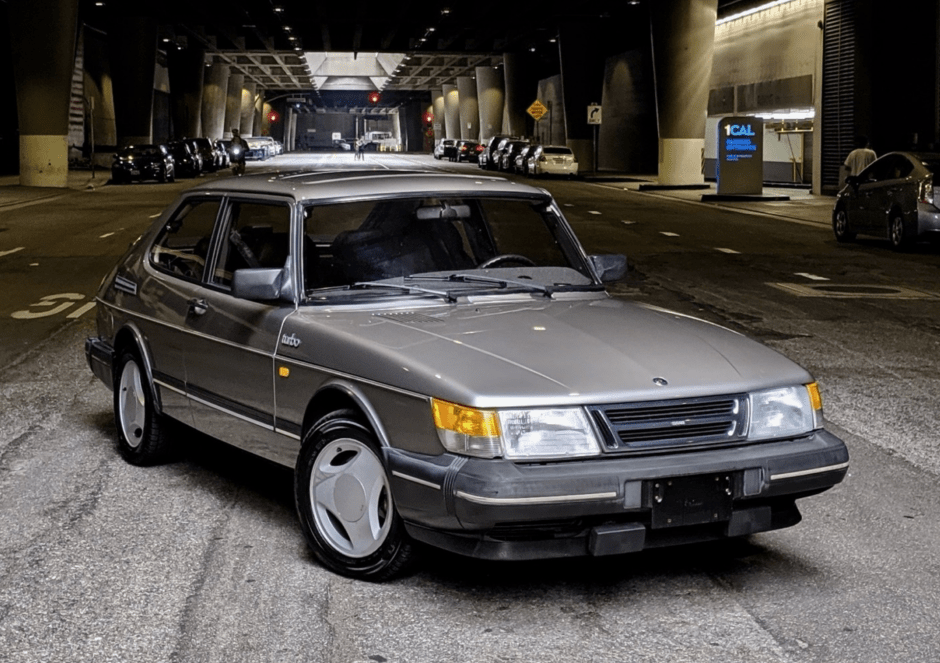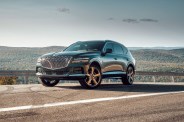Hollywood’s relationship with the automobile is poetically unmistakable. Whether it’s James Bond blasting some foes away in an Aston Martin or Lotus—and a few BMWs for a very brief time—or Stephen King’s movie adaptation of “Christine” in the form of a 1957 Plymouth Fury in “Hot Hues Scarlet Fever.” To Paul Walker’s 1997 Toyota “MKIV” Supra, the trio of Austin Mini Coopers from “The Italian Job,” and Steve McQueen’s 1968 Ford Mustang GT Fastback. Cars in motion picture storytelling can be as integral as the actors themselves.
Most star cars on the big screen are often expensive, fast and flashy, leaving more common, everyday cars as background filler and collaterally destructive eye candy. But in a change of pace, this year’s highly acclaimed Japanese film, Ryûsuke Hamaguchi’s “Drive My Car,” shines the spotlight on an unlikely set of wheels: a quaint and quirky Cherry Red 1987 Saab 900 Turbo three-door hatchback.
Nominated for four Academy Awards — Best Picture, Best Director, Best International Feature Film, and Best Adapted Screenplay — on top of winning three awards at the 2021 Cannes Film Festival, including Best Screenplay, “Drive My Car” tells the story of Japanese actor and theater director, Yūsuke Kafuku, who was left a widowed man following the unexpected and sudden death of his wife, Oto Kafuku, a screenwriter.
Two years after her passing, which also brought his last major film production to a halt, Kafuku relocated to start afresh, allowing him to continue his stagnant project. Kafuku reluctantly then meets Misaki Watari, a young female driver, at the behest of his new company, which required him to be chauffeured in his own car—that Saab 900 Turbo.
 Courtesy
CourtesyRather than being tossed around with tire-shredding lunacy and a shallow plot, the Saab instead serves as a catalyst where Kafuku and Watari learn about each other’s past, that they both suffered from losses. Through their shared time on the road, the movie chronicles the dramatic development of their bond through grief, love, and understanding.




